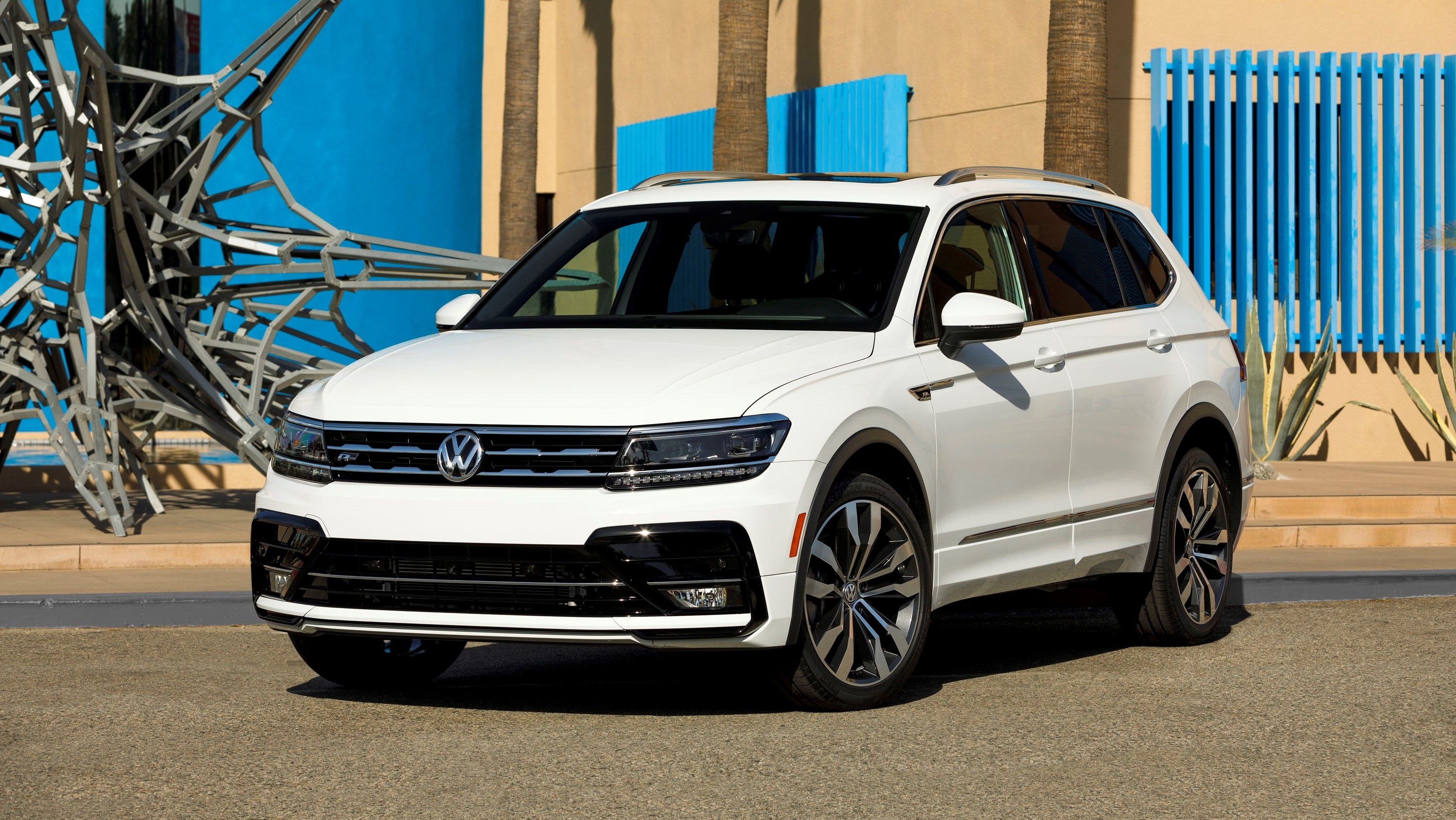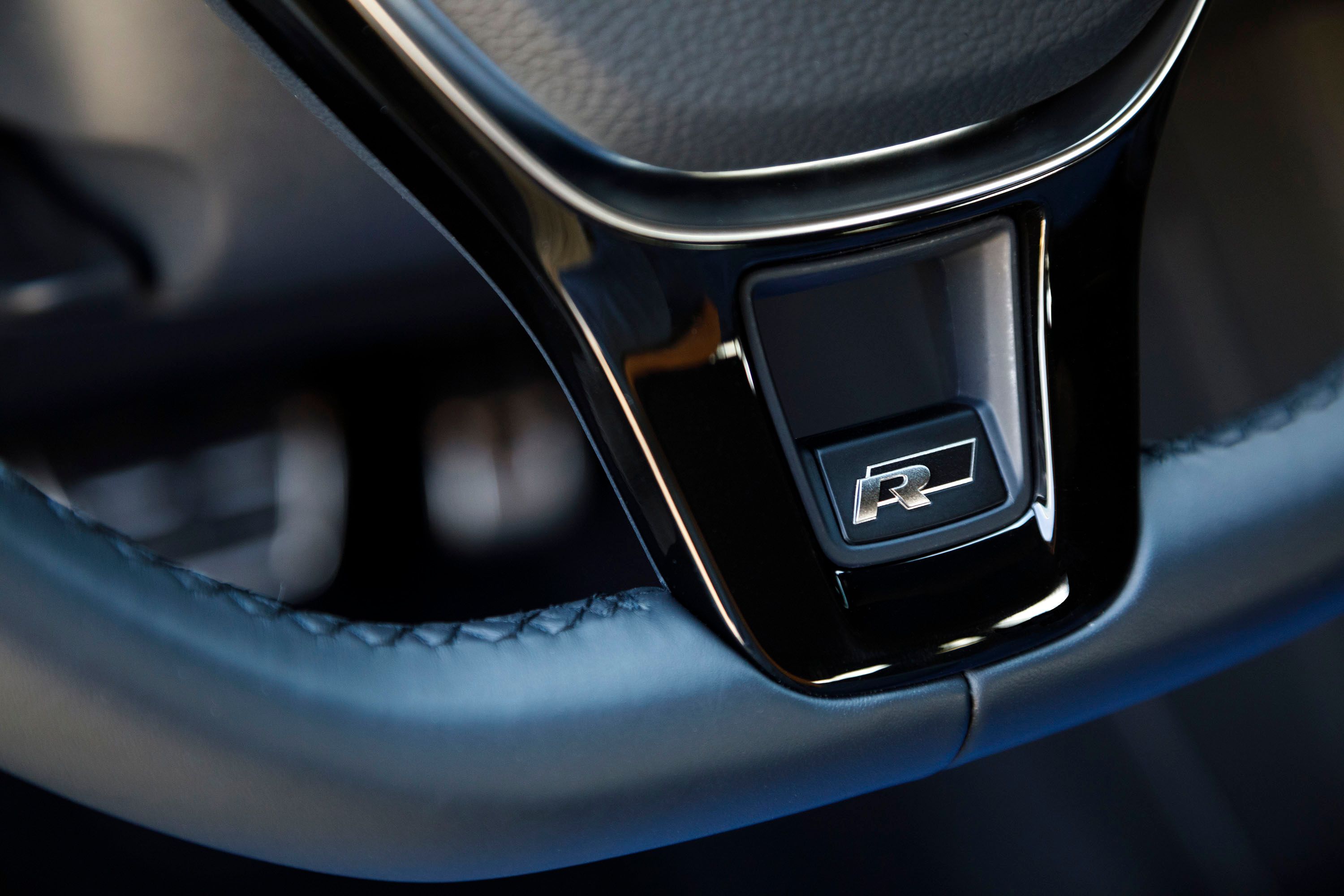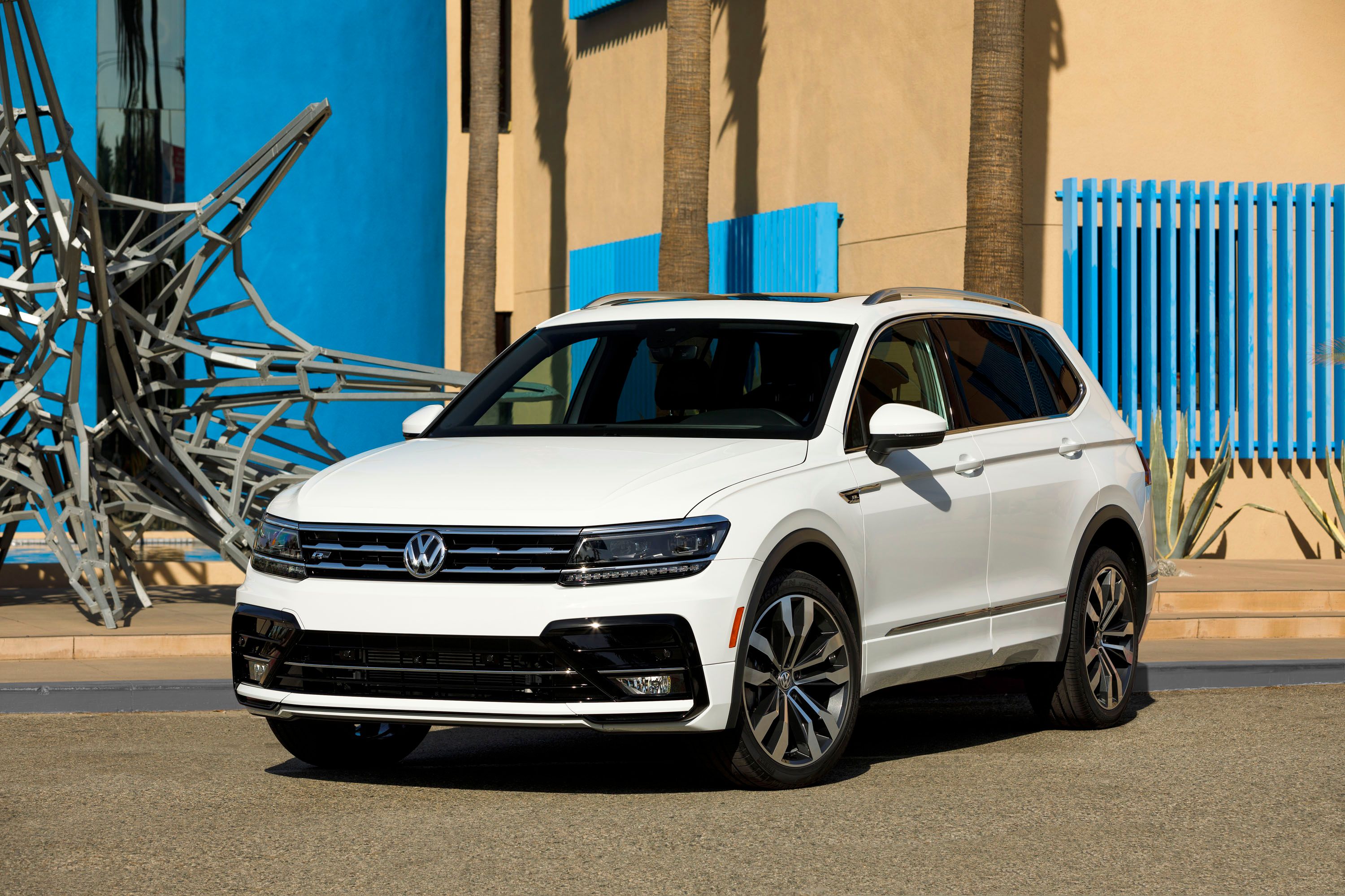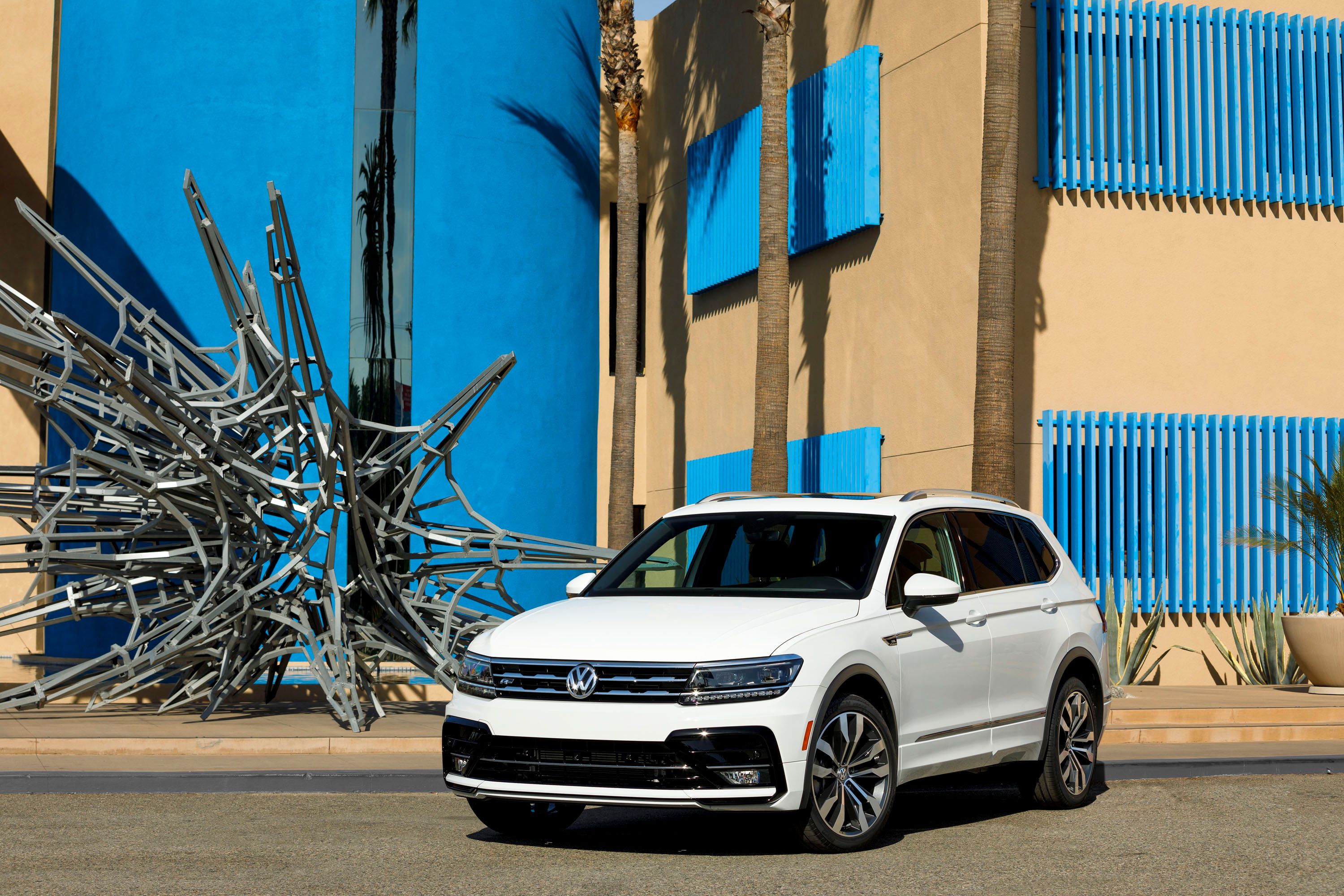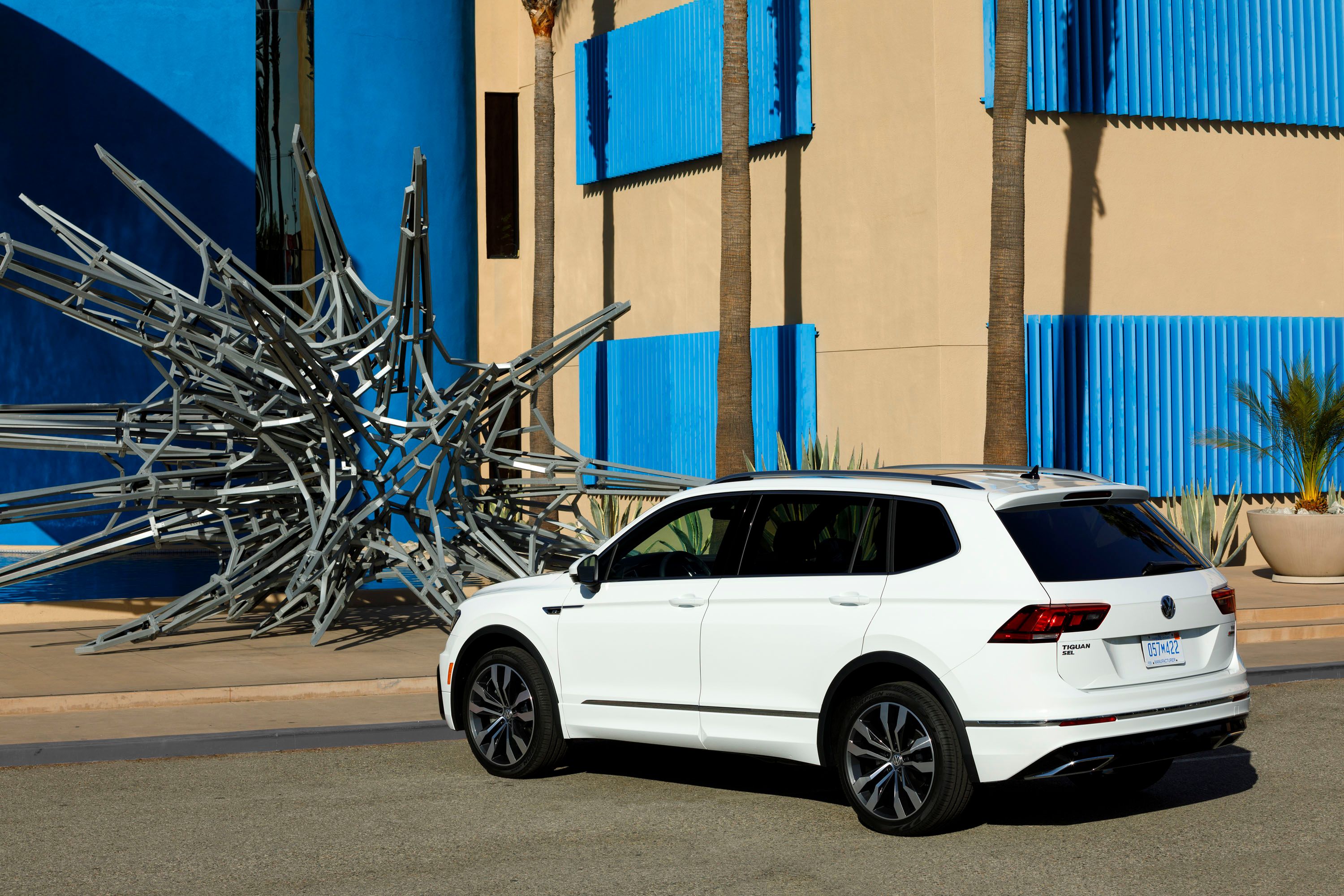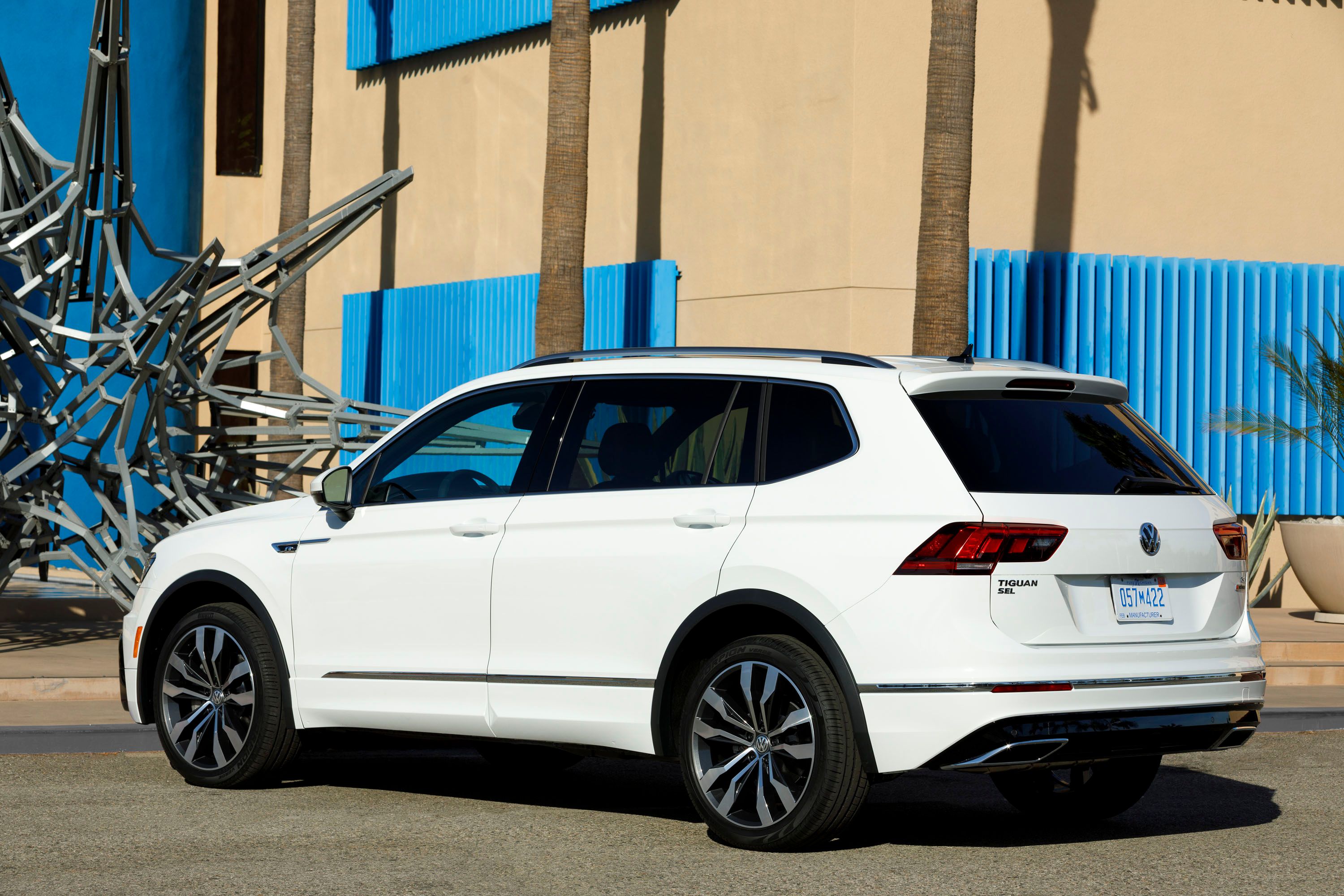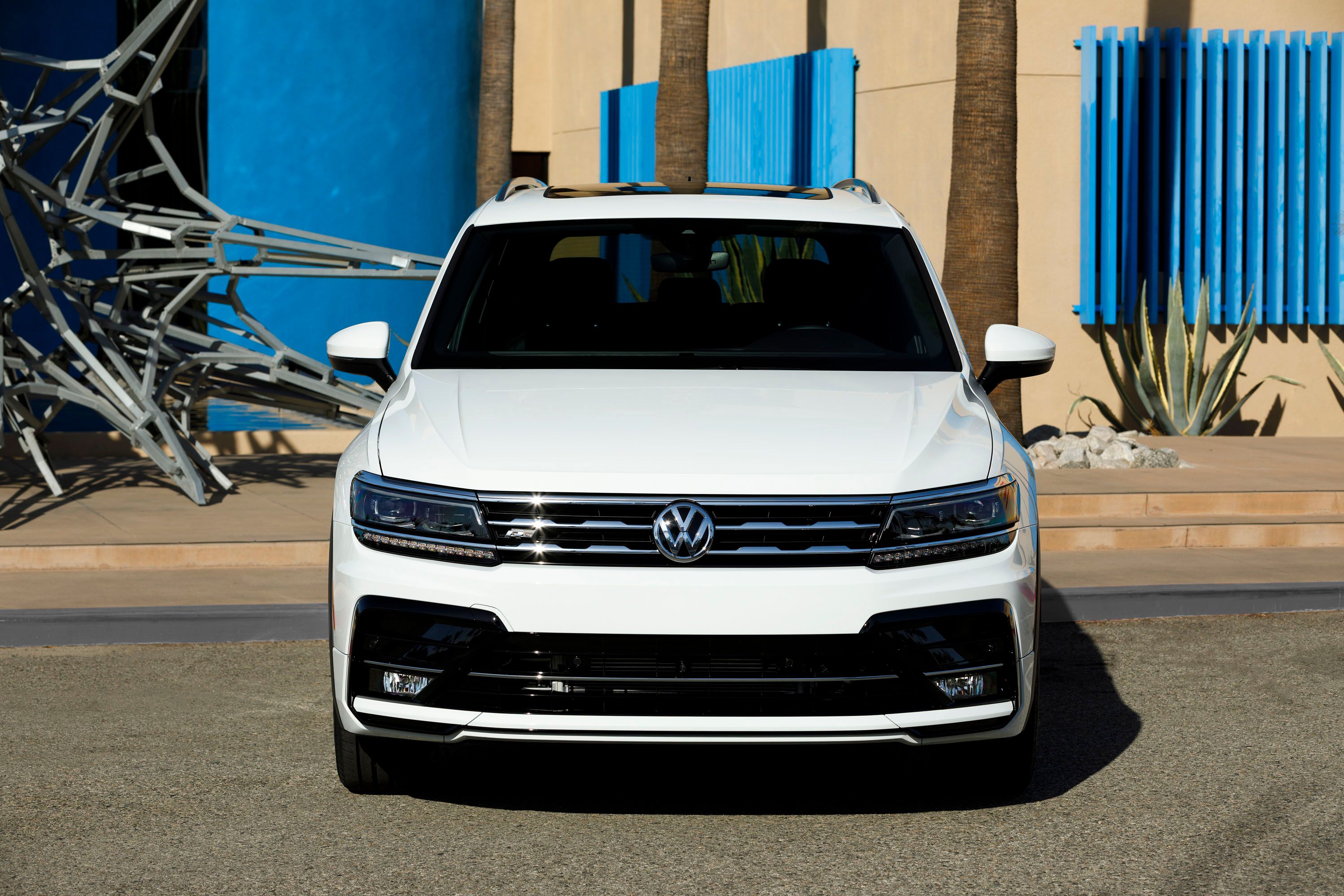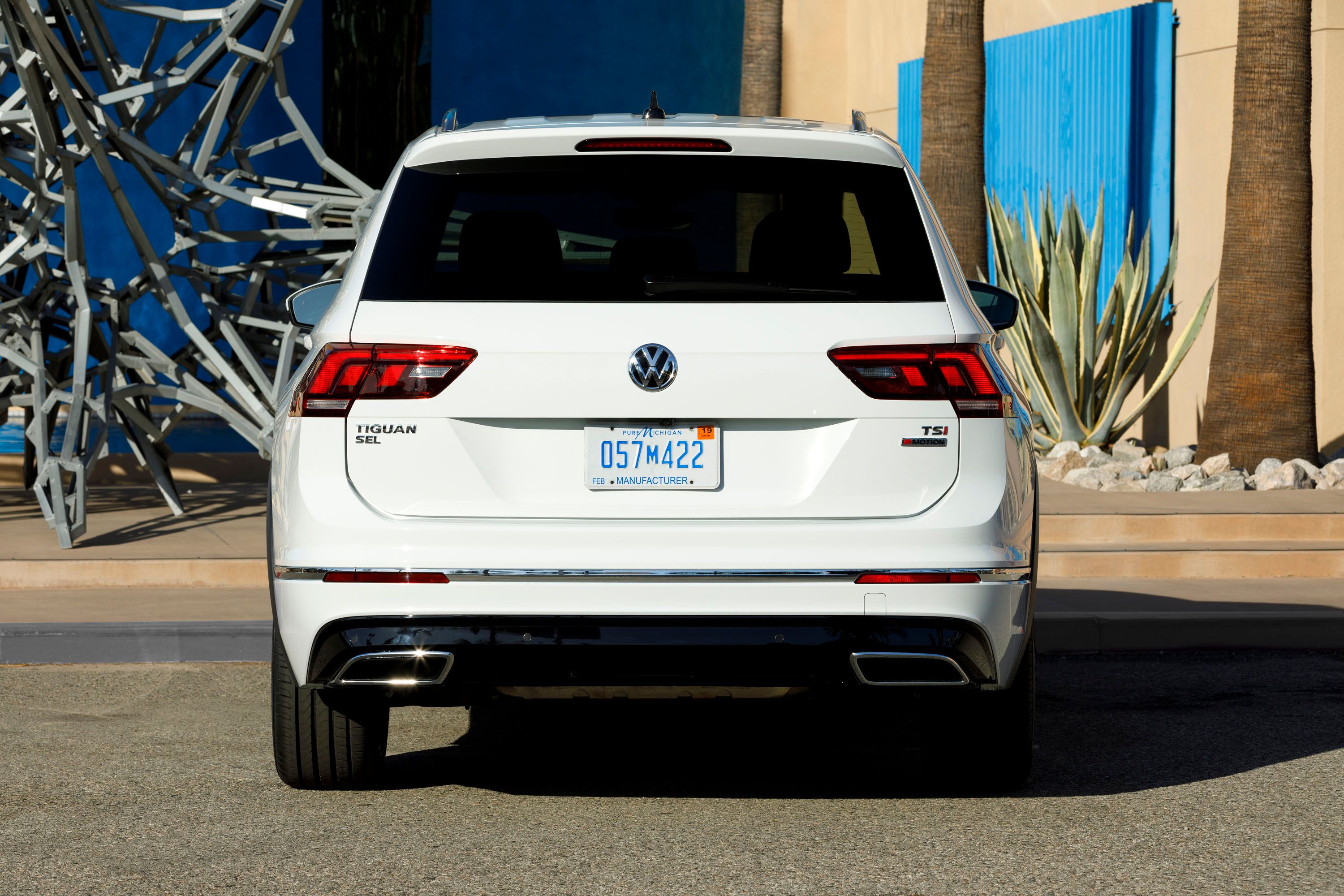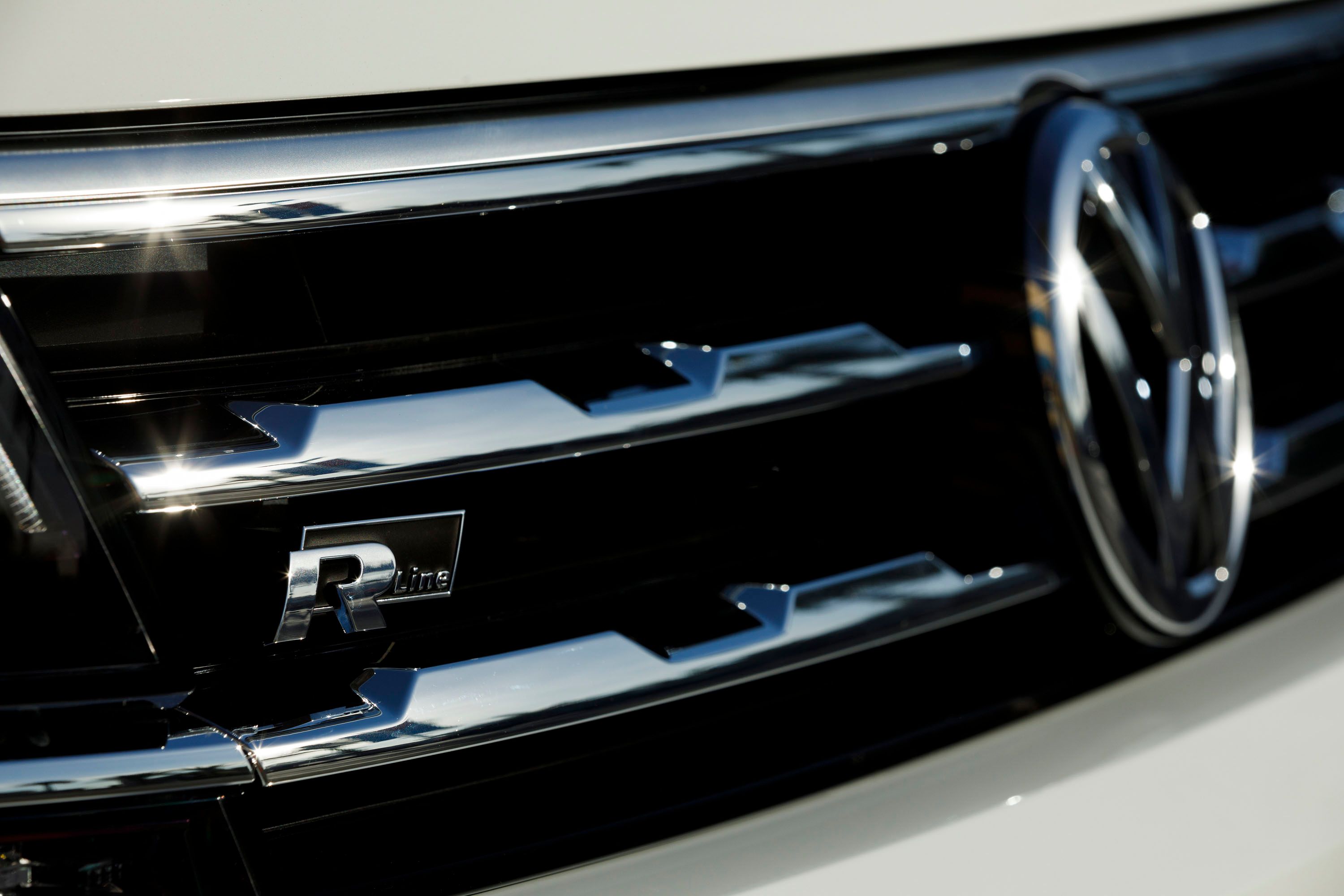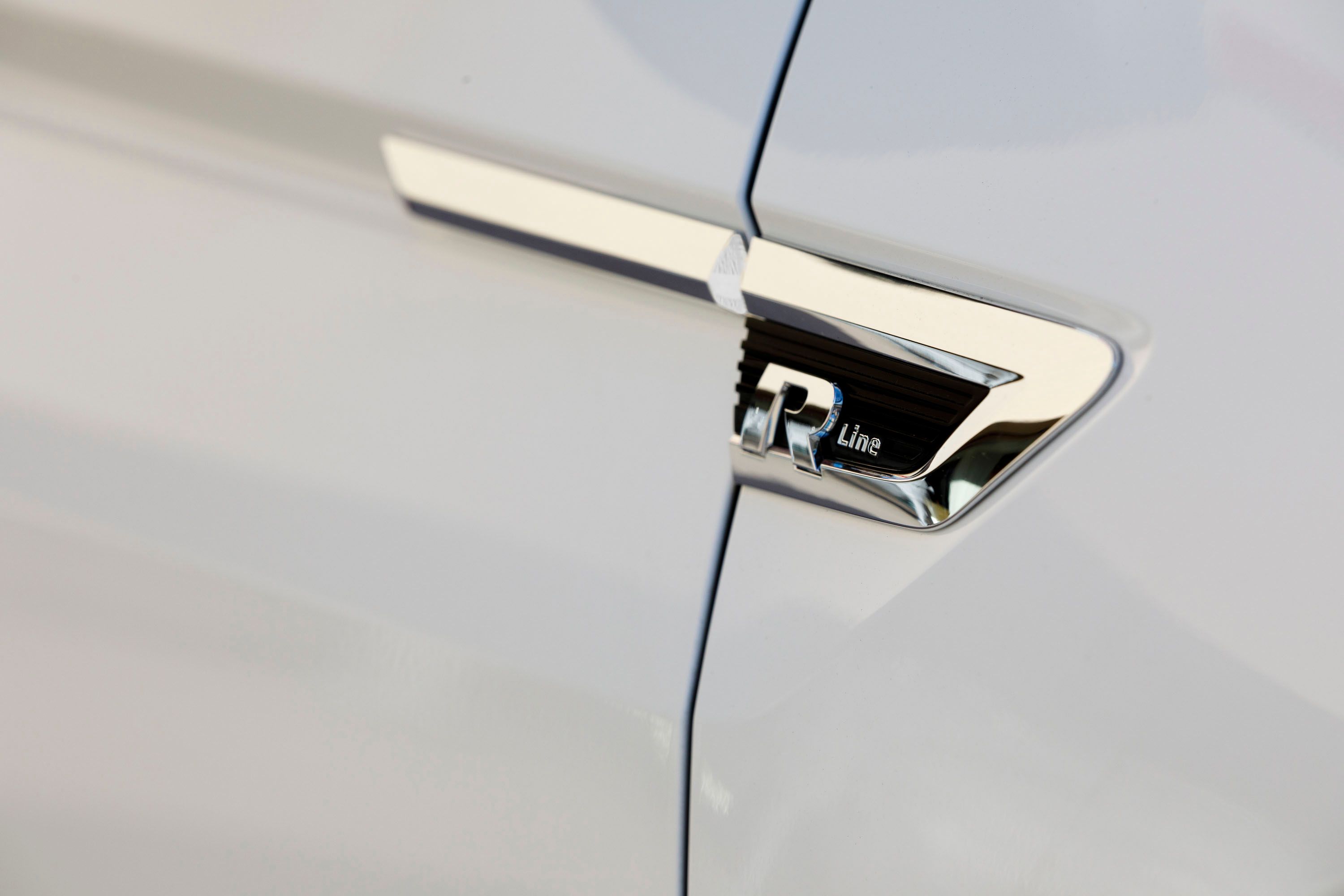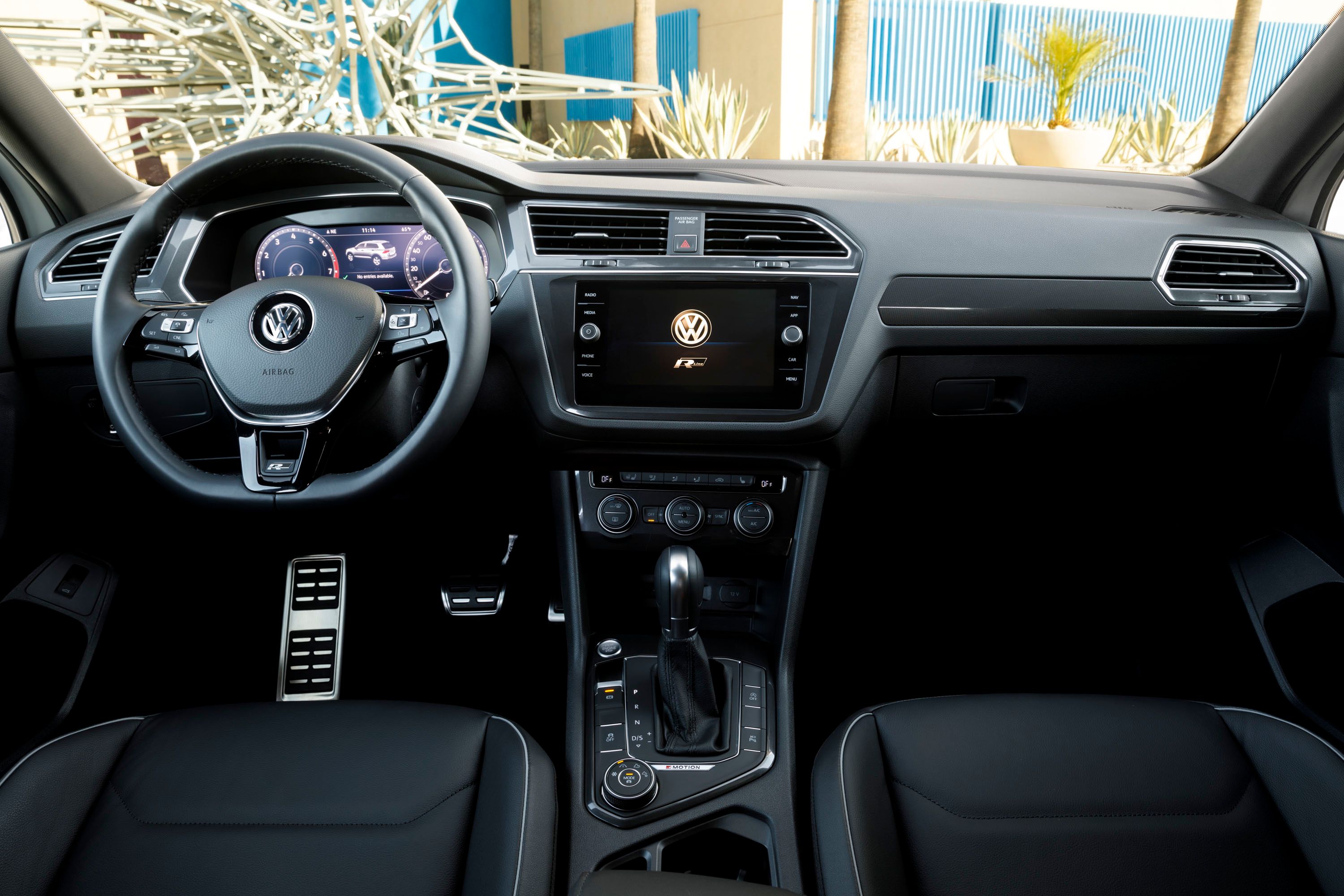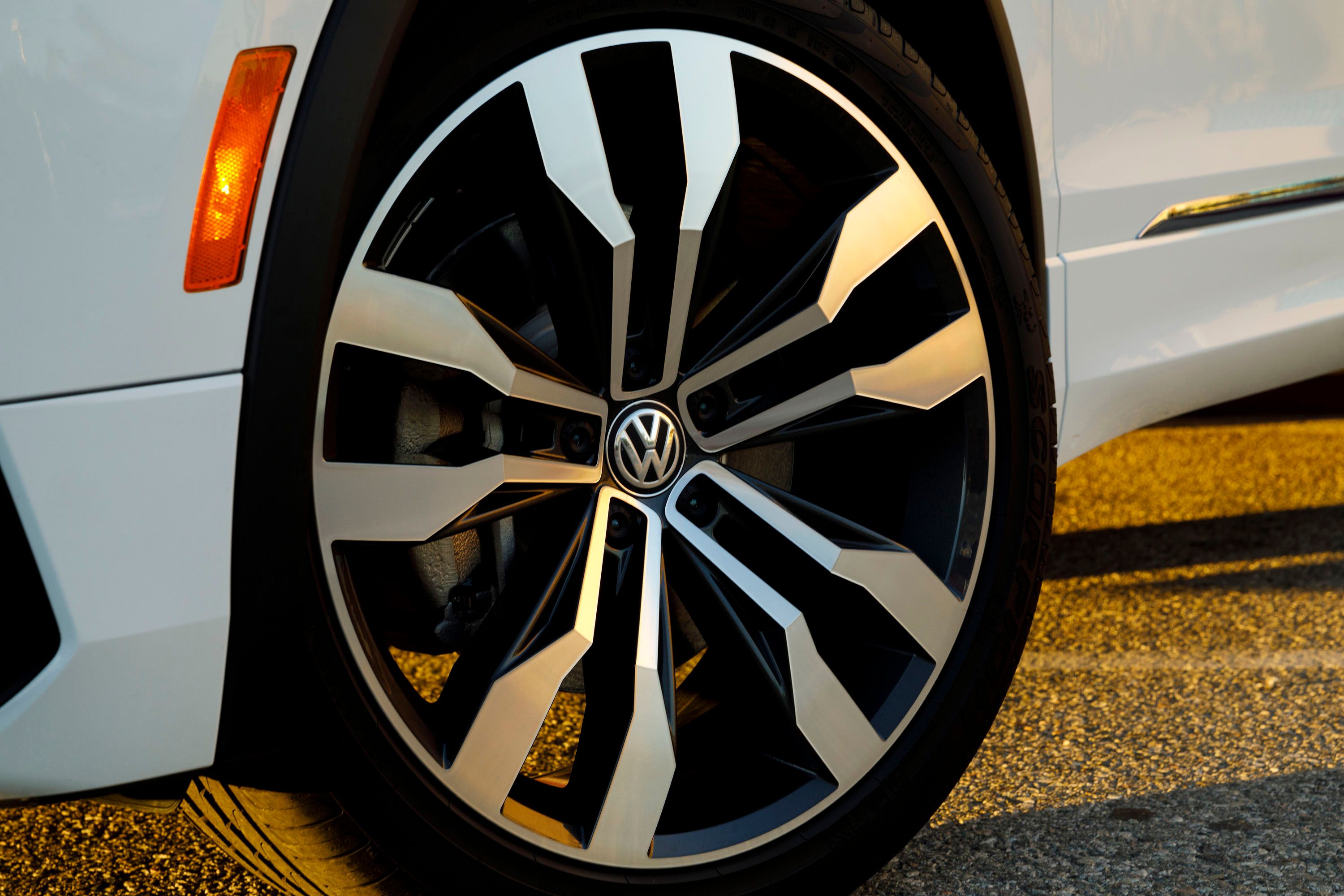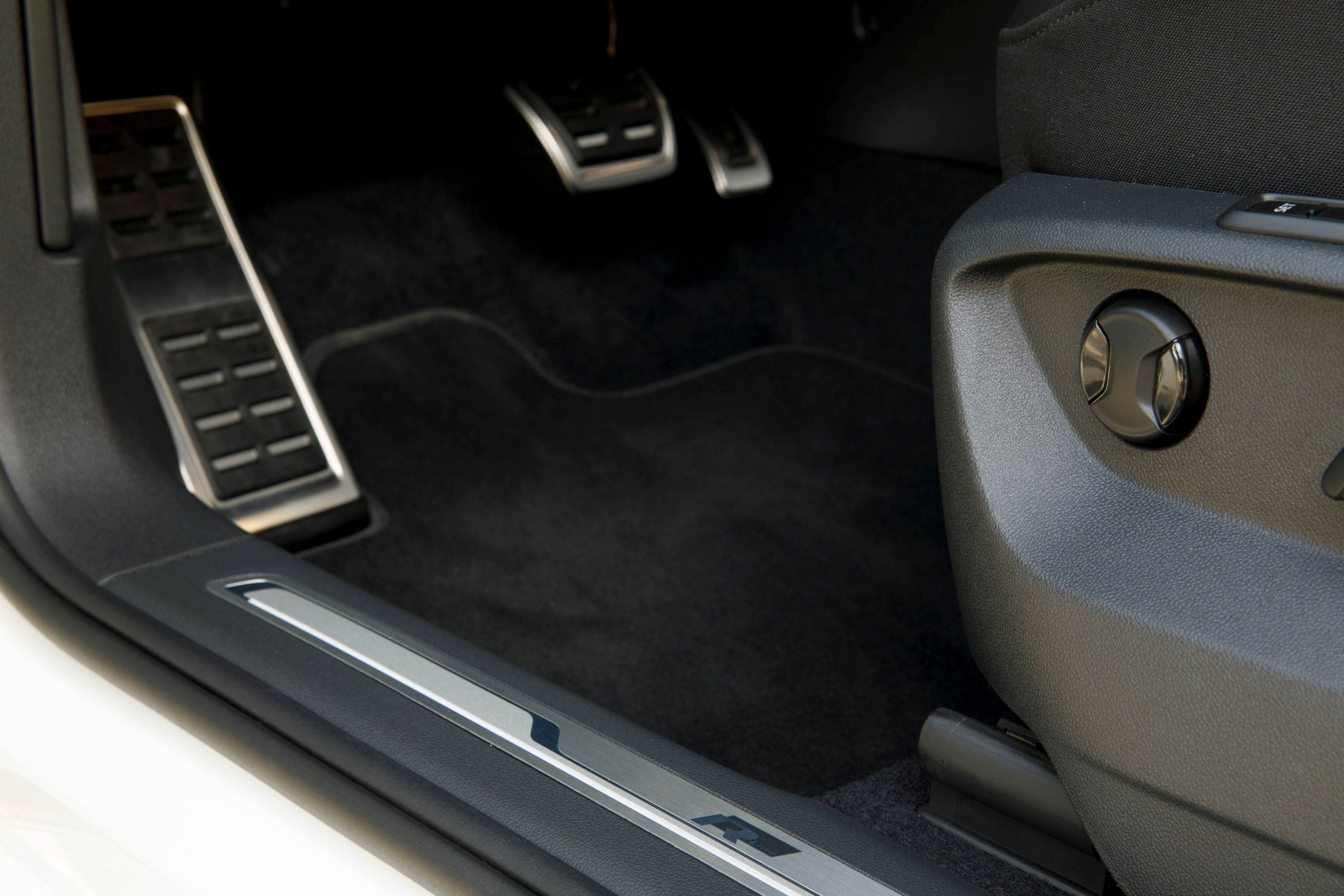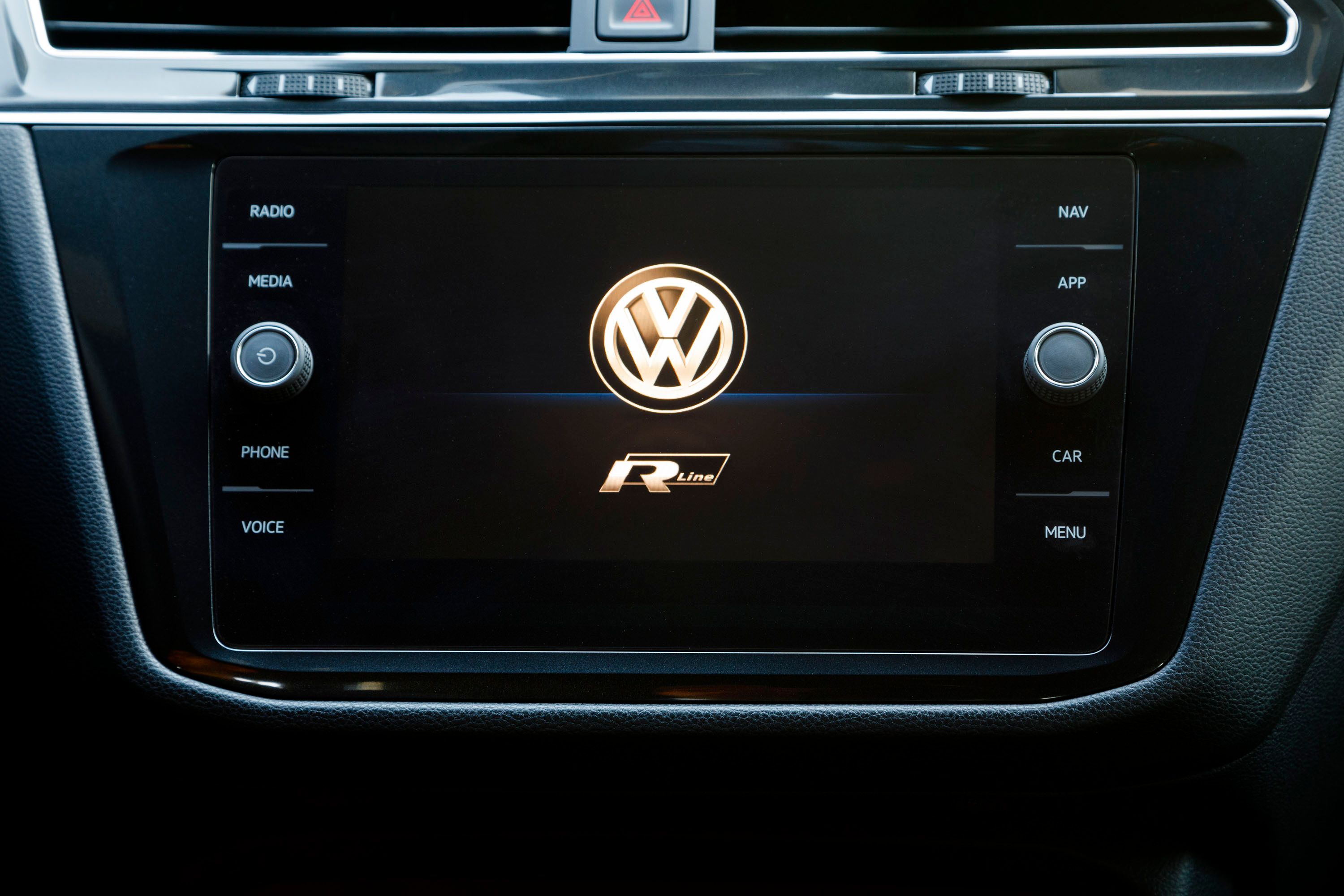Introduced in 2007, the Volkswagen Tiguan became a rather successful compact crossover, selling more than 2.6 million units in 10 years on the market. But its design was starting to feel old, so Volkswagen launched the second-generation model in 2016. Boasting a more angular, sportier design, the Tiguan finally stopped looking like a shrunken Touareg and gained a slightly more upscale appearance. Alongside the new exterior design, VW also added a redesigned interior with new tech and updated gasoline and diesel engines. The second-gen model also revived rumors of a higher-performance model, but the Germans have yet to confirm a GTi-like version. Instead, the U.S. market got an R-Line trim, which was introduced at the 2017 Los Angeles Auto Show.
Much like R-Line packages for other models, the bundle was designed to give the crossover a more dynamic appearance. The update is pretty much a visual thing, with interior add-ons limited to a handful of features. Likewise, the R-Line doesn't increase performance, so you still have to wait for that GTi to arrive if you want an angrier Tiguan. You should also know that the R-Line package is based on SEL and SEL Premium trims, so it will cost you more than $30,000. Find out more about it below.
Continue reading to learn more about the Volkswagen Tiguan R-Line.
2018 Volkswagen Tiguan R-Line
- Make: Array
- Model: 2018 Volkswagen Tiguan R-Line
- Engine/Motor: inline-4
- Horsepower: 184
- Torque: 221
- [do not use] Vehicle Model: Array
What makes the Volkswagen Tiguan R-Line special?
The R-Line's exterior features are far from radical, but the revised air intakes and the gloss black bumper trim give the crossover a slightly more aggressive look. Around back, the diffuser-like element that includes the exhaust pipes is also finished in gloss black. By contrast, the wheel arch extensions and the side skirts are now finished in the same color as the body. A few "R-Line" badges and new wheels round off the exterior. There are two sets of wheels available, depending on which trim you select. The SEL-based model comes with 19-inch Trenton aluminum-alloy rollers, while the SEL Premium-based versions feature larger, 20-inch Braselton aluminum-alloy rims.
Inside the cabin, drivers and passengers will be greeted by stainless steel door sills with the "R-Line" logo, a black headliner, and an "R-Line" badge on the steering wheel. Another "R-Line" logo will pop up on the start screen of the infotainment display. Finally, the sport pedals get stainless steel covers for a race-inspired look. And that's about it. As I said in the beginning, there isn't much to talk about inside the cabin.
Under the hood, the R-Line remains identical to the standard model, so power comes from the same 2.0-liter four-cylinder engine that motivates the entire Tiguan lineup in the U.S. The turbocharged engine cranks out 184 horsepower and 221 pound-feet of torque while returning up to 27 mpg on the highway.
The R-Line package on SEL trims starts from $1,795 and includes front and rear Park Distance Control (ParkPilot). The package for SEL Premium models, which already include ParkPilot, is set at $1,495. All told, the least expensive SEL R-Line model will cost $34,345, while the SEL Premium R-Line will fetch $37,745. For reference, the base Tiguan S model comes in at $25,195.
References
Volkswagen Tiguan
Read our full review on the 2017 Volkswagen Tiguan.
Read more 2017 Los Angeles Auto Show news.

